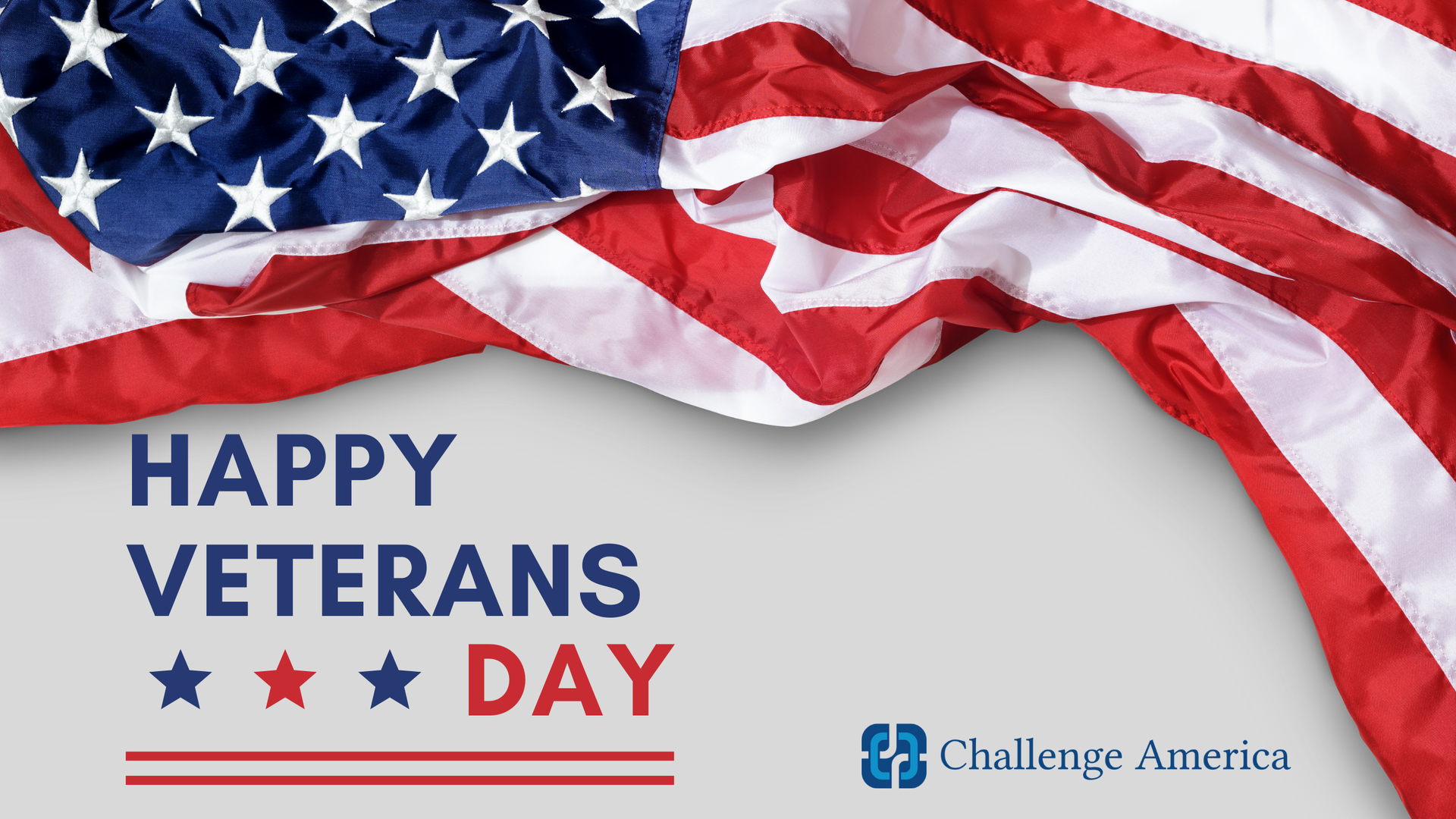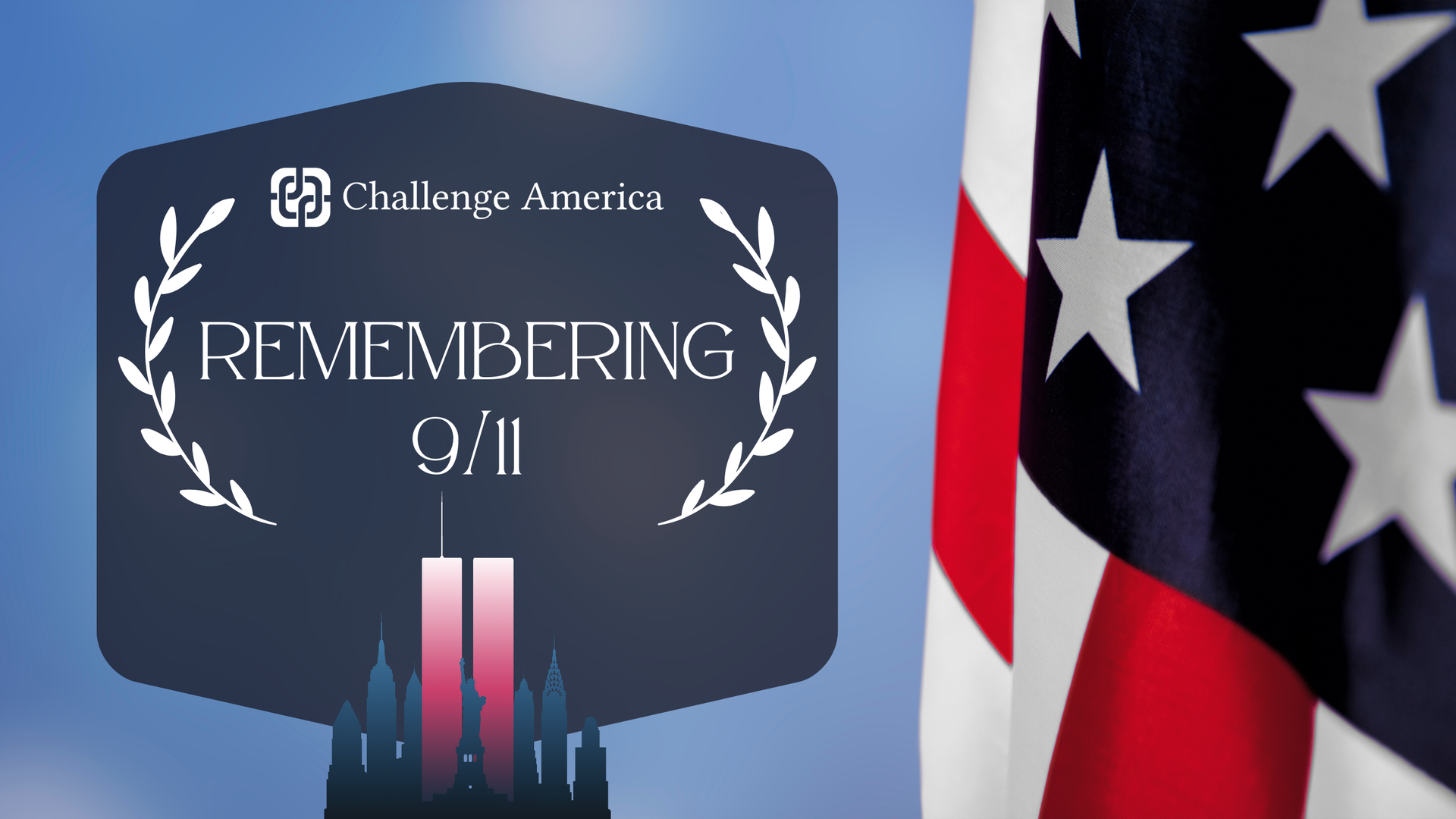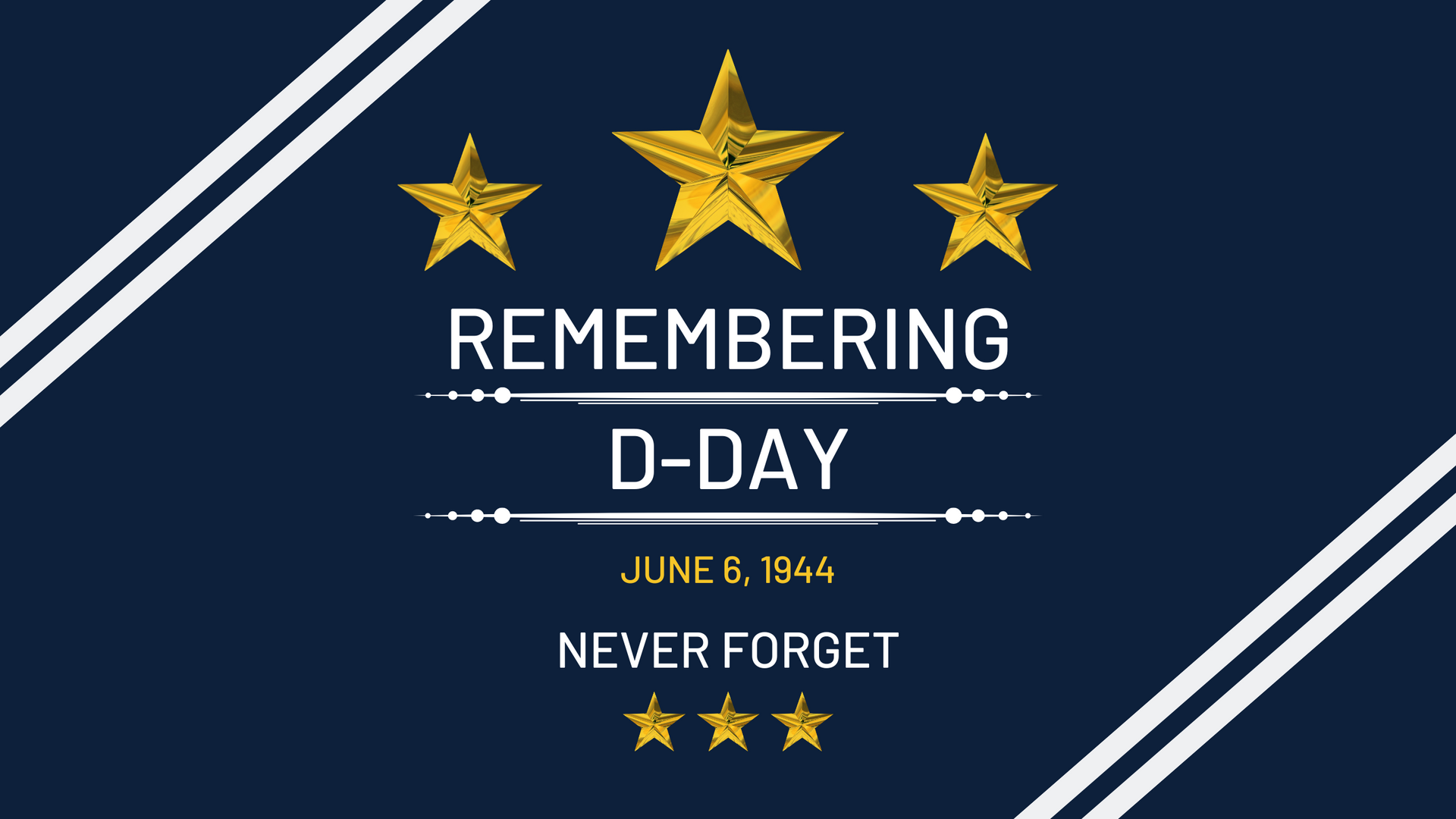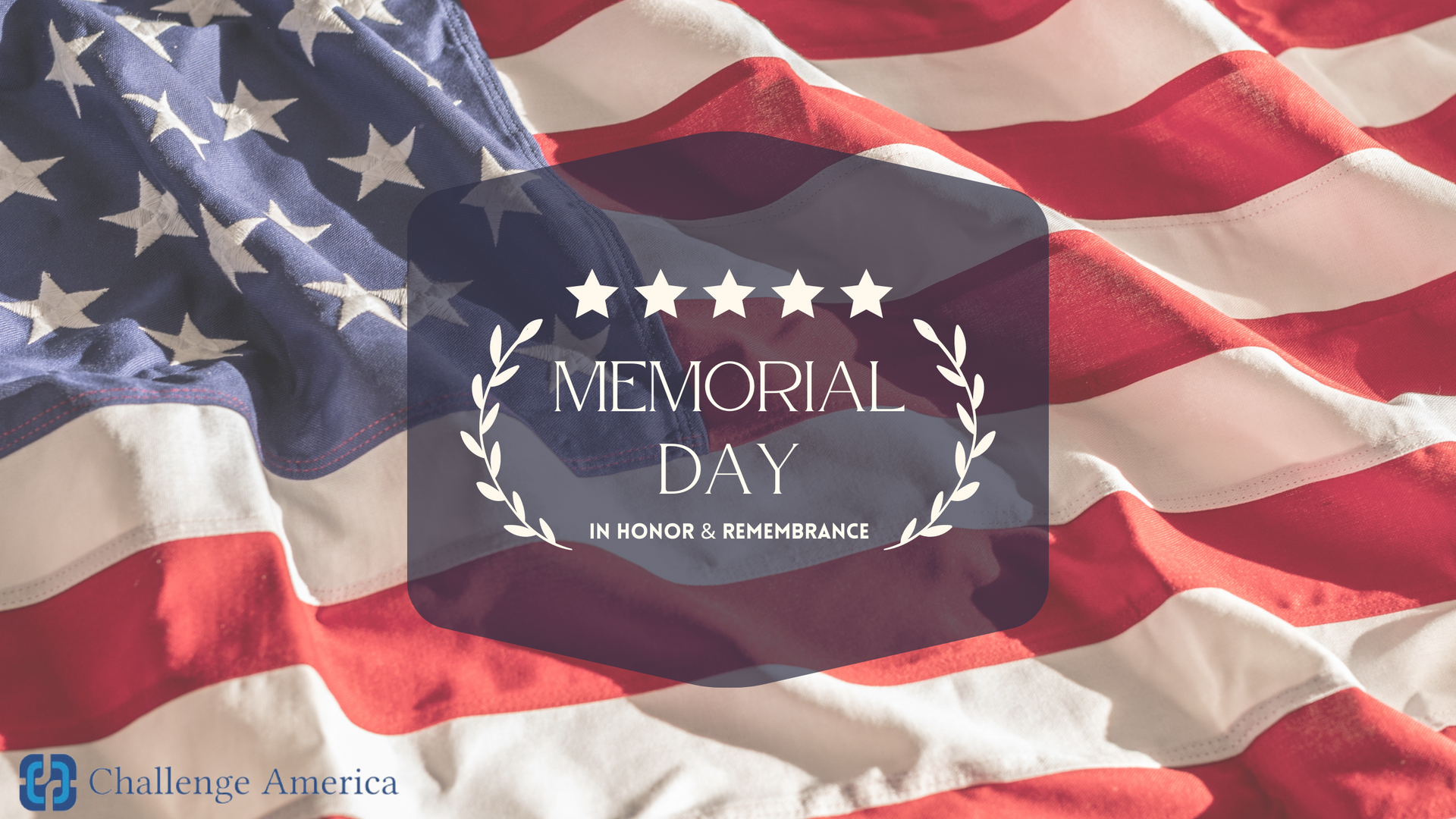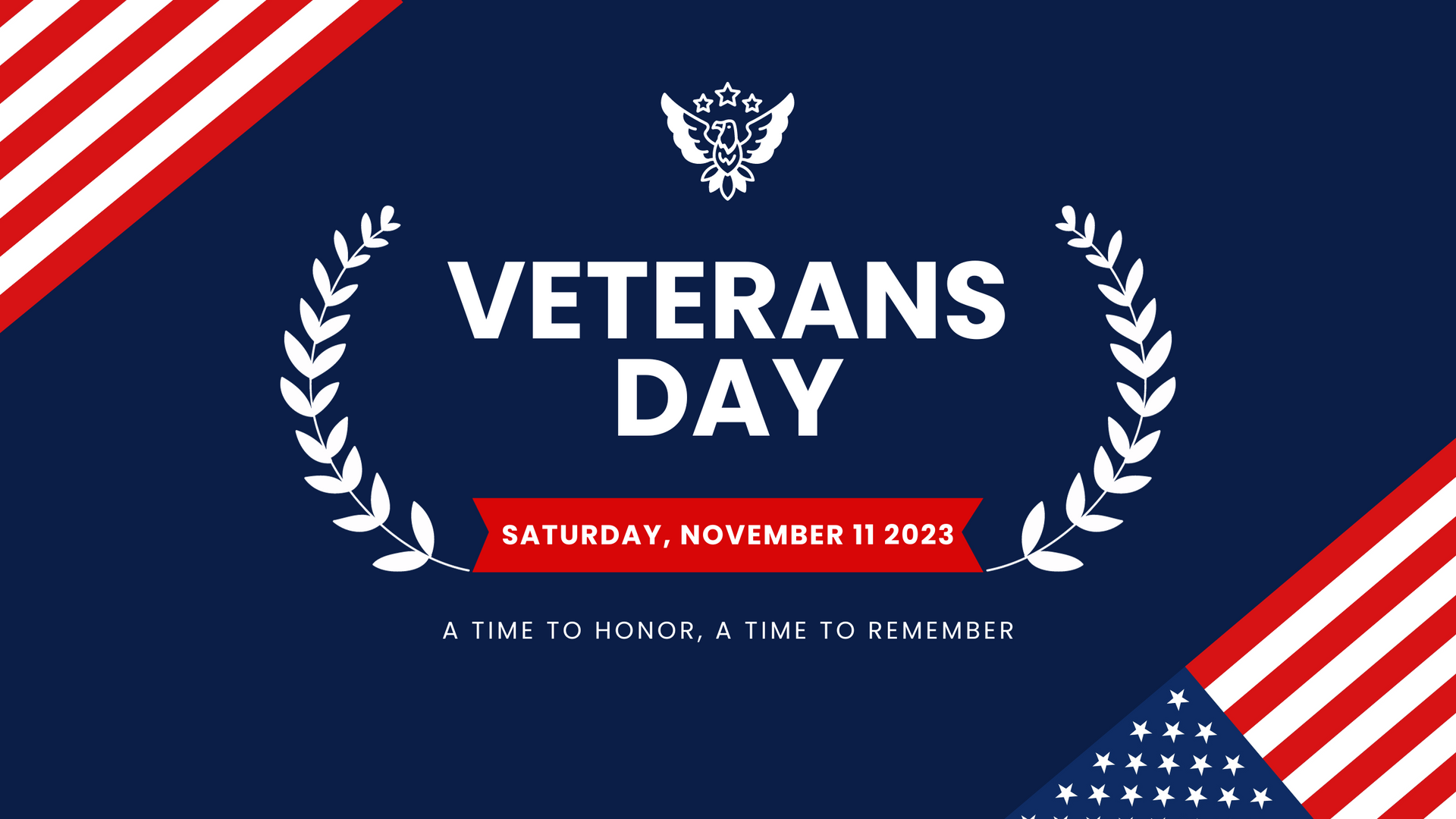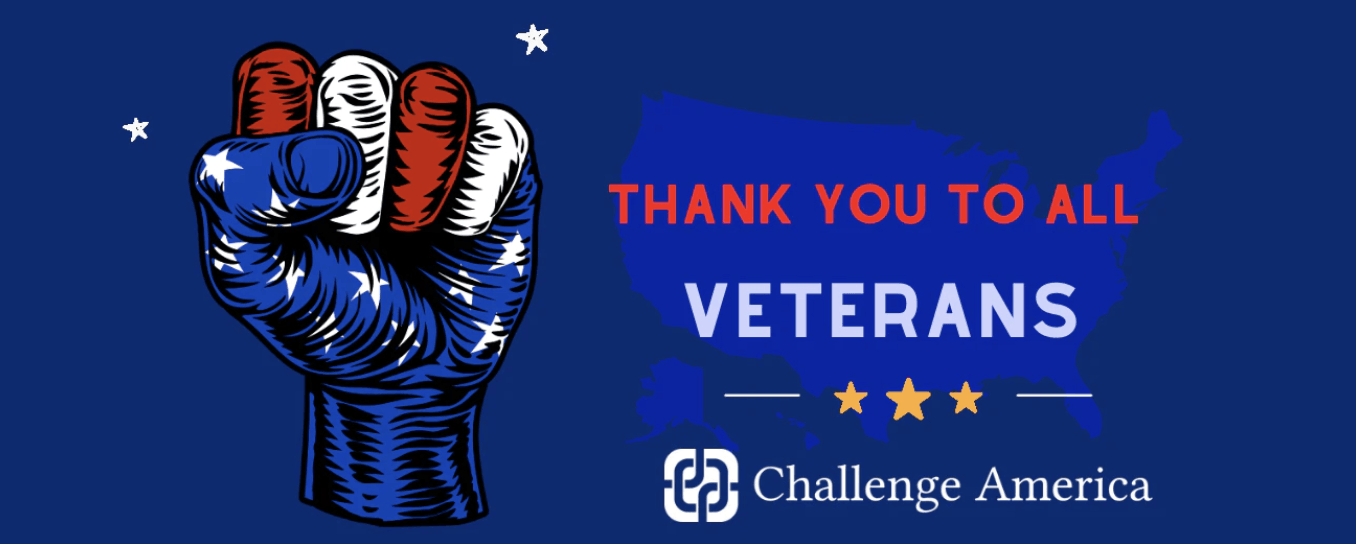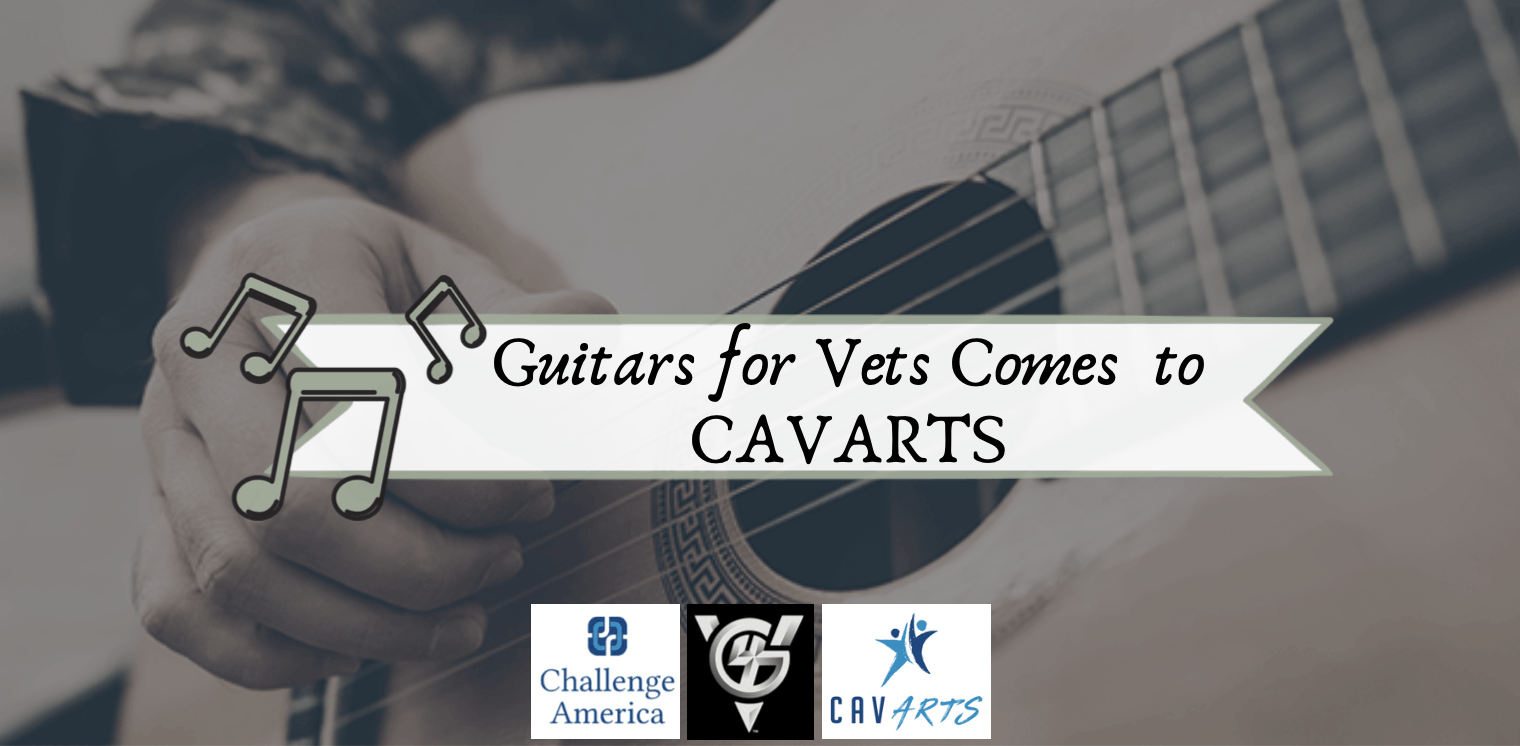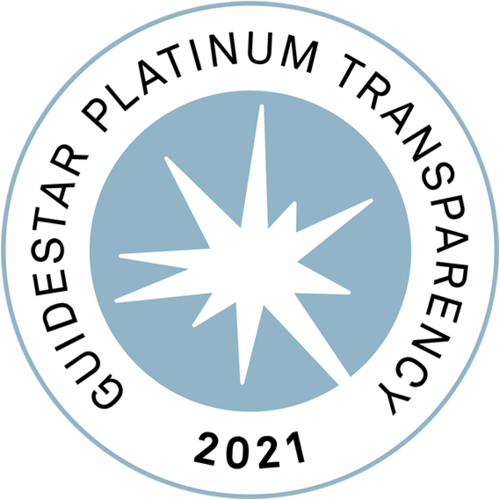3 CONSIDERATIONS FOR COLLABORATIVE AGREEMENTS
Veteran-related nonprofit organizations face growing competition for increasingly scarce financial resources. The vast majority have annual operating budgets of less than $100,000, with revenues that have remained more or less constant since 2001. According to one report, private philanthropy for veteran-related causes may be declining even as many state and local governments cut back on veteran-related programs as they continue to cope with the fallout from the Great Recession. Meanwhile, the demand for veteran-related services has reached an all-time high and is expected to increase over the coming years. Inter-organizational collaboration offers one possible means of coping with this volatility and uncertainty: collaboration can increase the pace of program innovation, speed the transfer of technology, increase access to financial resources, and enhance resilience to financial shocks. However, there are several issues nonprofits should consider before they rush to establish a collaborative agreement.
IS YOUR ORGANIZATION ATTRACTIVE?
Before you get too excited about forging a relationship with another organization, you should first consider what your organization brings to the table. To make yourself attractive to a potential partner, your organization will need to identify and play to its strengths or assets. If you manage a small nonprofit, what you likely lack in technological or financial resources you make up through your access to and detailed knowledge of local issues and clients. Larger regional or national organizations may be willing to share their technological and financial prowess in exchange for your insights into the potential applications of their strategic initiatives. As a relatively smaller player, collaboration with a national organization also endows your nonprofit with reputational benefits, which you can potentially leverage to attract new donors and strengthen community support.
In addition to leveraging your assets, your staff will also need to keep an open mind and guard against opportunistic behavior.
It is often not enough to bring something of value to the bargaining table, you also need to demonstrate your capacity to absorb the knowledge gained through a partnership. If your team exhibits biases against new or outside ideas, it will be more difficult for you to hold up your end of the collaborative bargain. Opportunistic behavior, such as shirking your responsibilities and withholding valuable information, can also undermine a collaborative relationship. As the risk of opportunism increases, potential partners will be more likely to mitigate this risk with formal contracts, which can complicate the relationship by making it more difficult to build trust between the partners.
IS YOUR ORGANIZATION ATTRACTIVE?
Before you get too excited about forging a relationship with another organization, you should first consider what your organization brings to the table. To make yourself attractive to a potential partner, your organization will need to identify and play to its strengths or assets. If you manage a small nonprofit, what you likely lack in technological or financial resources you make up through your access to and detailed knowledge of local issues and clients. Larger regional or national organizations may be willing to share their technological and financial prowess in exchange for your insights into the potential applications of their strategic initiatives. As a relatively smaller player, collaboration with a national organization also endows your nonprofit with reputational benefits, which you can potentially leverage to attract new donors and strengthen community support.
In addition to leveraging your assets, your staff will also need to keep an open mind and guard against opportunistic behavior. It is often not enough to bring something of value to the bargaining table, you also need to demonstrate your capacity to absorb the knowledge gained through a partnership. If your team exhibits biases against new or outside ideas, it will be more difficult for you to hold up your end of the collaborative bargain. Opportunistic behavior, such as shirking your responsibilities and withholding valuable information, can also undermine a collaborative relationship. As the risk of opportunism increases, potential partners will be more likely to mitigate this risk with formal contracts, which can complicate the relationship by making it more difficult to build trust between the partners.
IS YOUR ORGANIZATION WILLING TO PAY THE TRANSACTION COSTS?
Economists use the term transaction cost to describe the costs involved in establishing and maintaining an exchange or relationship. Forging a new collaboration requires a significant investment of resources, including time and money. The leadership from each organization will likely meet on several occasions to discuss the terms and expectations of collaborative agreement, so that over time these interactions will cement a sense of mutual understanding and trust. Although this process is costly, it often yields more positive interactions among collaborators while reducing transaction costs and biases.
ARE YOUR POLICIES AND EXPECTATIONS TRANSPARENT?
A collaborative arrangement between nonprofit organizations typically relies on informal agreements rather than formal contracts. Generally informal agreements reduce transaction costs, provided they are built on robust systems of trust and reciprocity. To capitalize on the potential benefits of an informal arrangement, it is critical that organizations develop clear and transparent policies for managing the collaborative agreement.
This is particularly true when the collaboration involves significant differences in organizational cultures, structures, and processes. Transparent policies reduce uncertainty and therefore accelerate the development of mutual understanding and trust. Informal collaborative arrangements also work best when each organization is explicit about its expectations for the relationship. Transparent expectations tend to reduce the likelihood of negative interactions and therefore yield more productive collaborative agreements.
ARE YOUR POLICIES AND EXPECTATIONS TRANSPARENT?
A collaborative arrangement between nonprofit organizations typically relies on informal agreements rather than formal contracts. Generally informal agreements reduce transaction costs, provided they are built on robust systems of trust and reciprocity. To capitalize on the potential benefits of an informal arrangement, it is critical that organizations develop clear and transparent policies for managing the collaborative agreement. This is particularly true when the collaboration involves significant differences in organizational cultures, structures, and processes. Transparent policies reduce uncertainty and therefore accelerate the development of mutual understanding and trust. Informal collaborative arrangements also work best when each organization is explicit about its expectations for the relationship. Transparent expectations tend to reduce the likelihood of negative interactions and therefore yield more productive collaborative agreements.
COLLABORATION, INNOVATION, AND FINANCIAL SECURITY
Moving forward, veteran-related nonprofits of all types and sizes will need to weigh the pros and cons of collaboration as they face the prospect of intensifying competition for a shrinking pool of resources. To survive these volatile and uncertain times, nonprofits will need to innovate and they will need to professionalize. As the vast majority of nonprofits operate on very modest budgets, collaboration offers one possible means of enhancing their resilience. However, collaborative arrangements can be risky and costly endeavors. The mutual benefits that flow from collaboration may well outweigh the costs, provided nonprofits enter these arrangements prepared and with their eyes wide open.
WORKS REFERENCED
Ahuja, G. (2000). "Collaboration networks, structural holes, and innovation: A longitudinal study." Administrative science quarterly.
Ahuja, G. (2000). "The duality of collaboration: Inducements and opportunities in the formation of interfirm linkages." Strategic management journal.
Carter, P., & Kidder, K. (2016). CHARTING THE SEA OF GOODWILL (pp. 1–24). Center for a New America Security.
Gesing, J., et al. (2014). "Joining Forces or Going It Alone? On the Interplay among External Collaboration Partner Types, Interfirm Governance Modes, and Internal R&D." Journal of Product Innovation Management 32(3): 424-440.
Schilling, M. A. and C. C. Phelps (2007). "Interfirm Collaboration Networks: The Impact of Large-Scale Network Structure on Firm Innovation." Management Science 53(7): 1113-1126.
Zahra, S. A. and G. George (2002). "Absorptive capacity: A review, reconceptualization, and extension." Academy of management review.
Join Our Mailing List
Thank you for joining the Challenge America mailing list!
To avoid any disruptions, please make sure to authorize your email service to accept messages from Challenge America
Thank you for joining the team!
Dallas Blaney
Executive Director
Challenge America
Please try again later.
Follow us on Instagram
USEFUL LINKS
CONTACT US
All Rights Reserved | Site by Fix8

